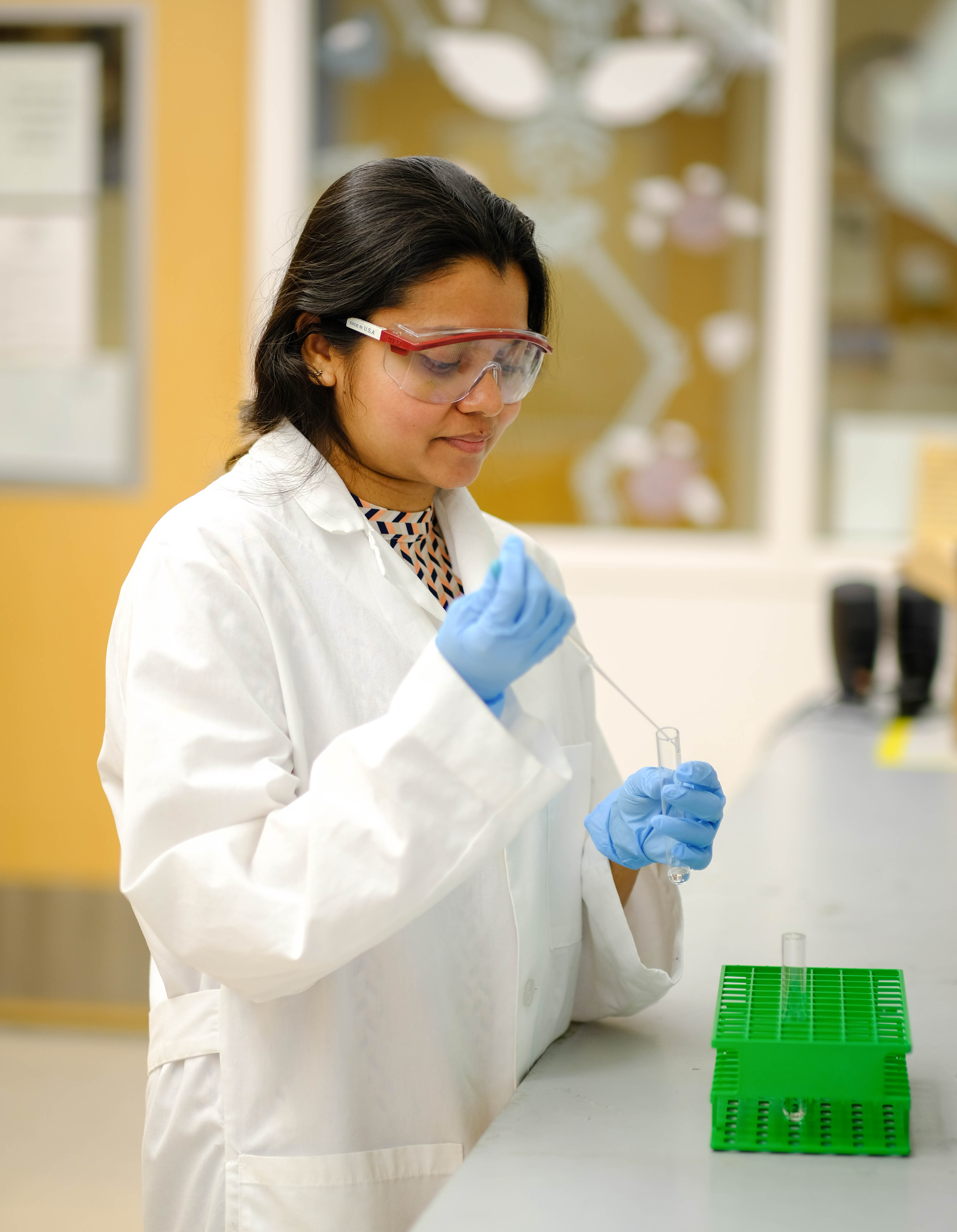Asst. Prof. Meredith Hartley named January 2024 Sutton Family Research Impact Award recipient

Asst. Prof. Meredith Hartley named January 2024 Sutton Family Research Impact Award recipient
The Department of Chemistry congratulates Assistant Professor Meredith Hartley on receiving the January 2024 Sutton Family Research Impact Award!
The Sutton Award is a monthly competition among chemistry faculty. Every month, the Chemistry Department Chair and Associate Chairs review the peer-reviewed papers published by chemistry faculty from the three previous months to select a winner. The recipient receives a $500 cash prize and is featured on the departmental website.
For a full list of winners, visit our Sutton Family Research Impact Award webpage.
Lipidomic Analysis Reveals Differences in the Extent of Remyelination in the Brain and Spinal Cord
By Nishama De Silva Mohotti, Hiroko Kobayashi, Jenna M. Williams, Rashmi Binjawadagi, Michel P. Evertsen, Ethan G. Christ, and Meredith D. Hartley
Published in J. Proteome Res. 2023, XXXX, XXX, XXX-XXX
https://doi.org/10.1021/acs.jproteome.3c00443
It has been challenging to examine how demyelination affects the lipidome of the central nervous system (CNS) due to a lack of demyelination models with discrete stages of myelin damage and repair. To overcome this challenge, we have used a unique genetic mouse model of demyelination (Plp1-iCKO-Myrf) in which demyelination occurs in both the brain and the spinal cord simultaneously with distinct phases of damage and repair. This model enabled us to profile the lipidomic changes in multiple tissues (brain, spinal cord, and serum) in a longitudinal study (timepoints during both demyelination and remyelination). This approach has enabled several new insights into how lipids are dynamically affected by demyelination. We observed that remyelination is impaired in the spinal cord relative to the brain and that these changes are reflected in chronic alterations to the spinal cord lipidome. We also identified a potential class of CNS lipid biomarkers (plasmalogens) that are elevated only during active demyelination.

Figure Caption: Principal component analysis revealed that healthy, demyelinated, and remyelinated brains had distinct lipid profiles.

Photo: Nishama Da Silva Mohotti in the lab (first author on the paper)